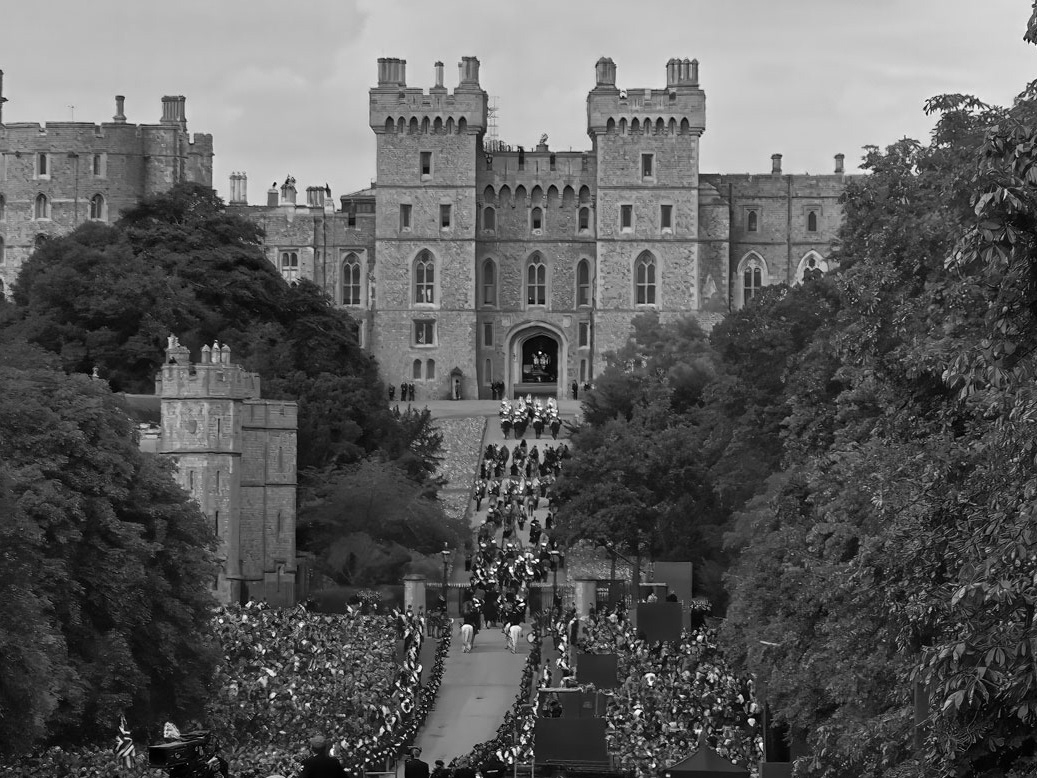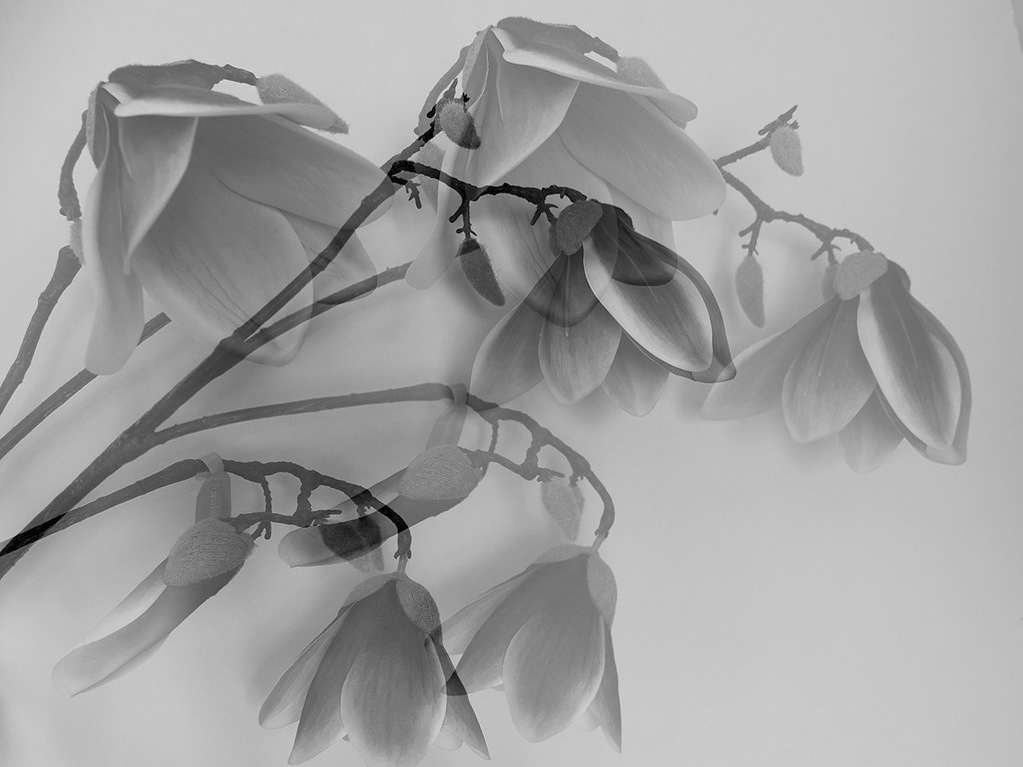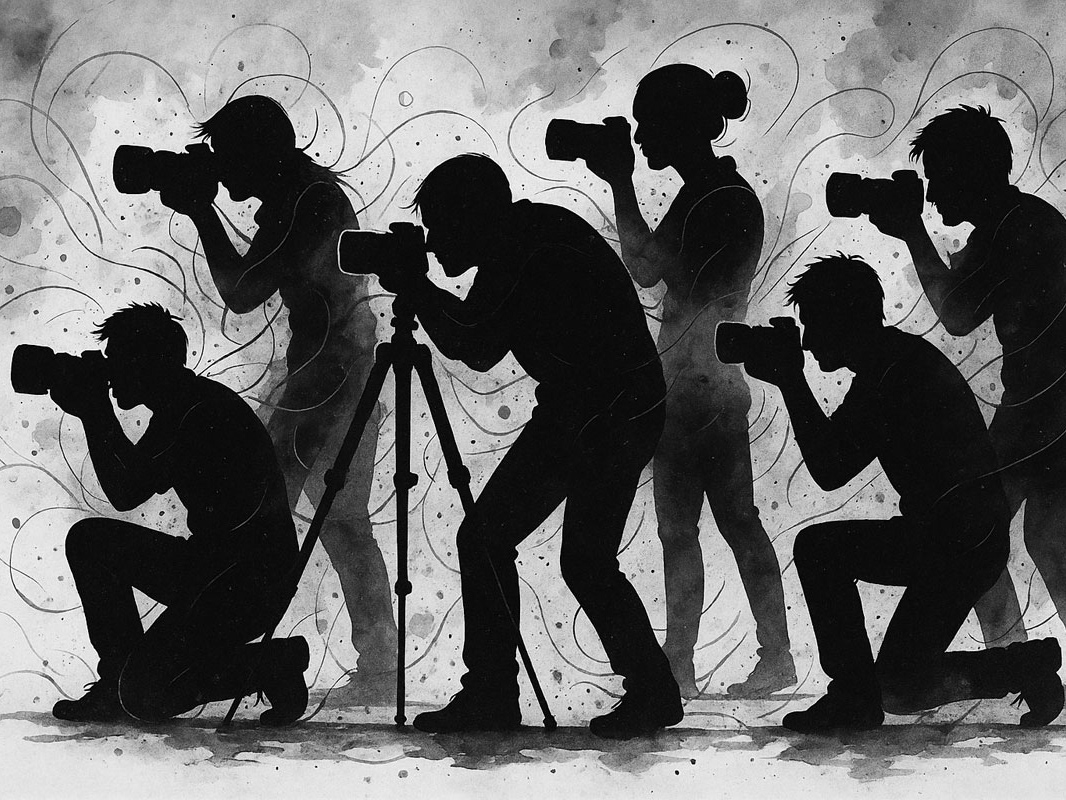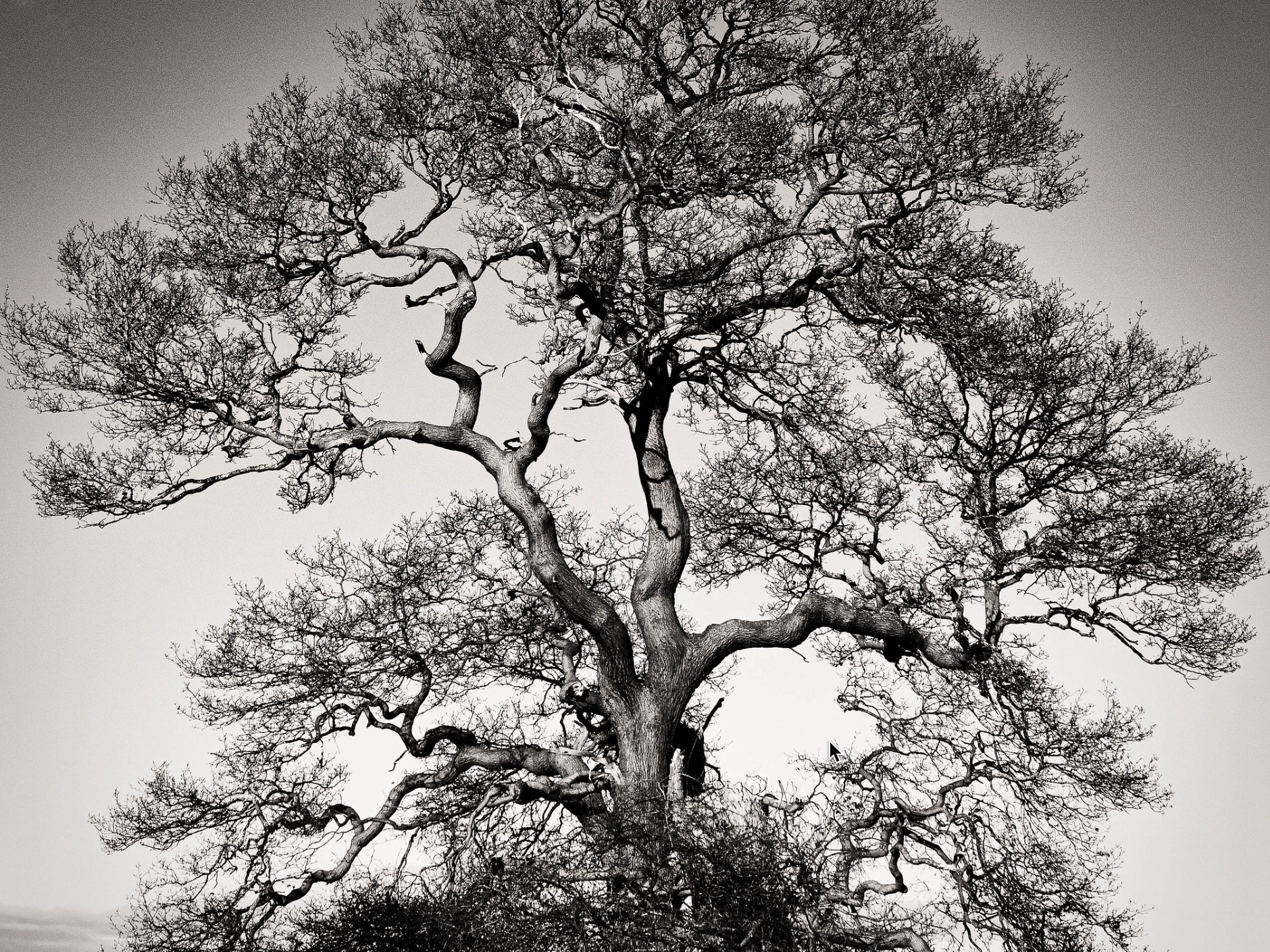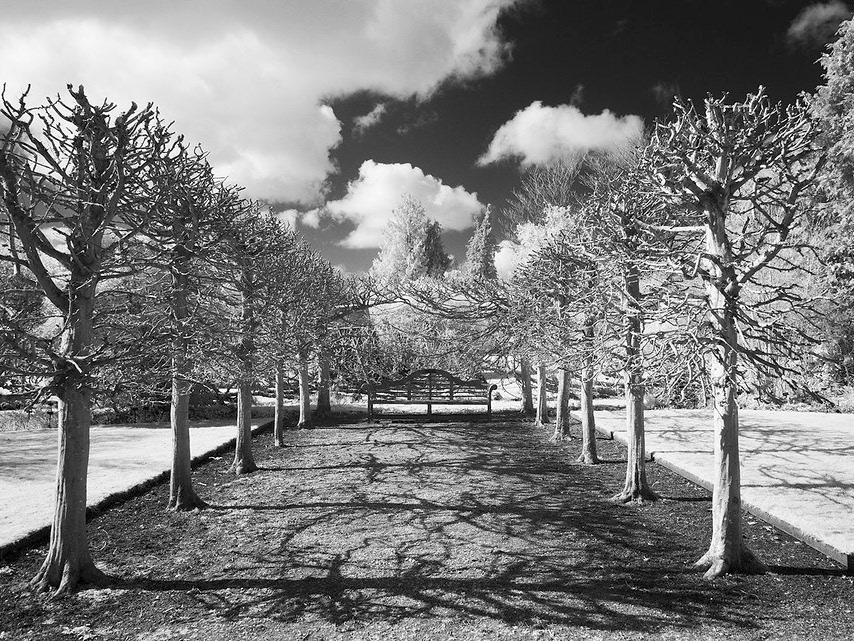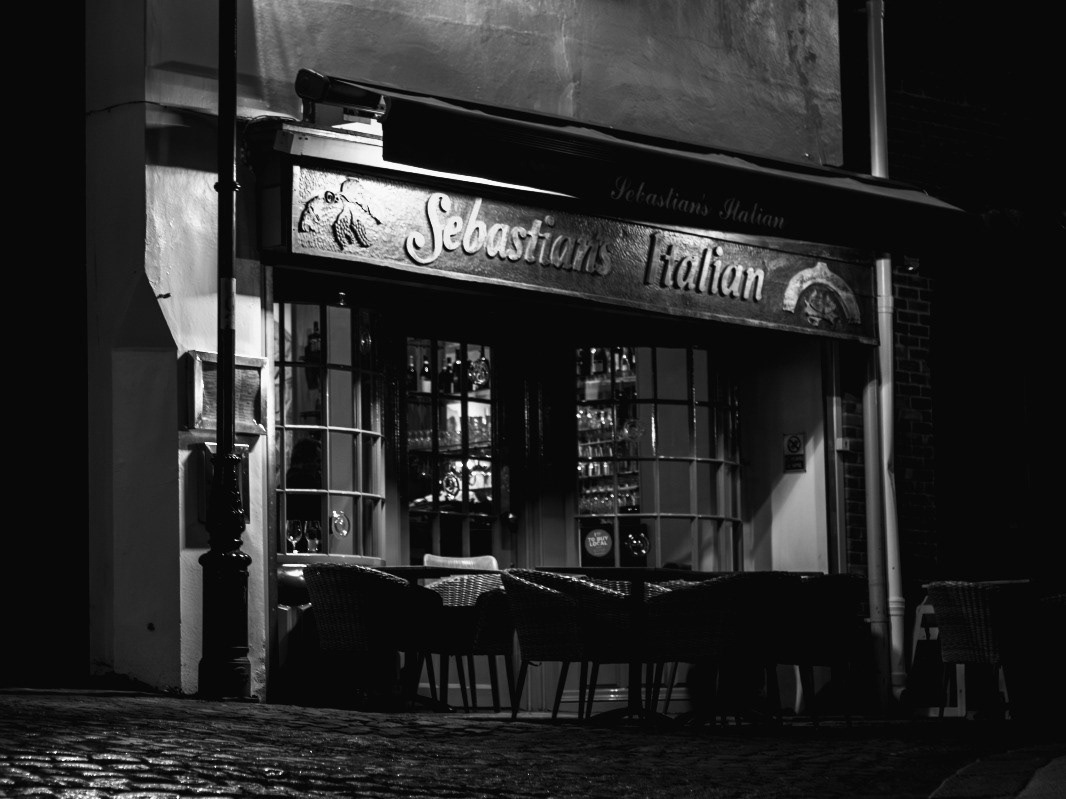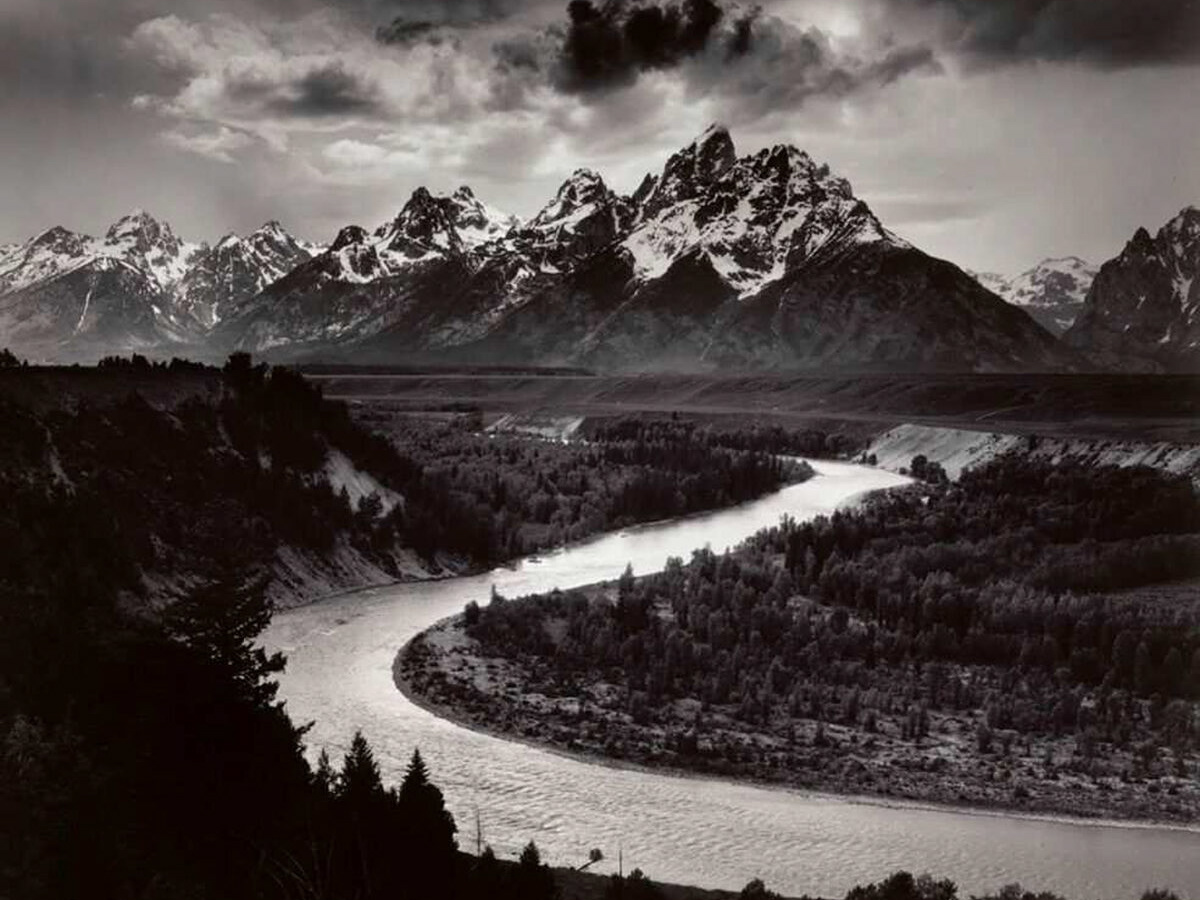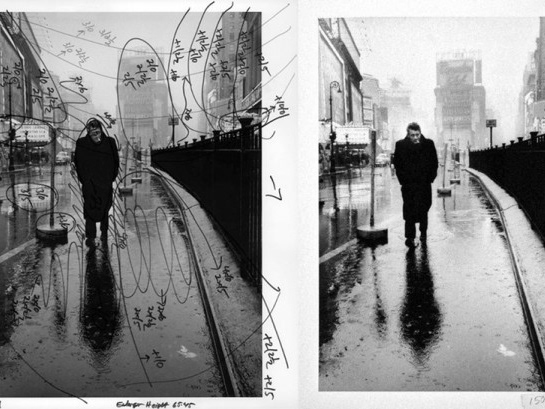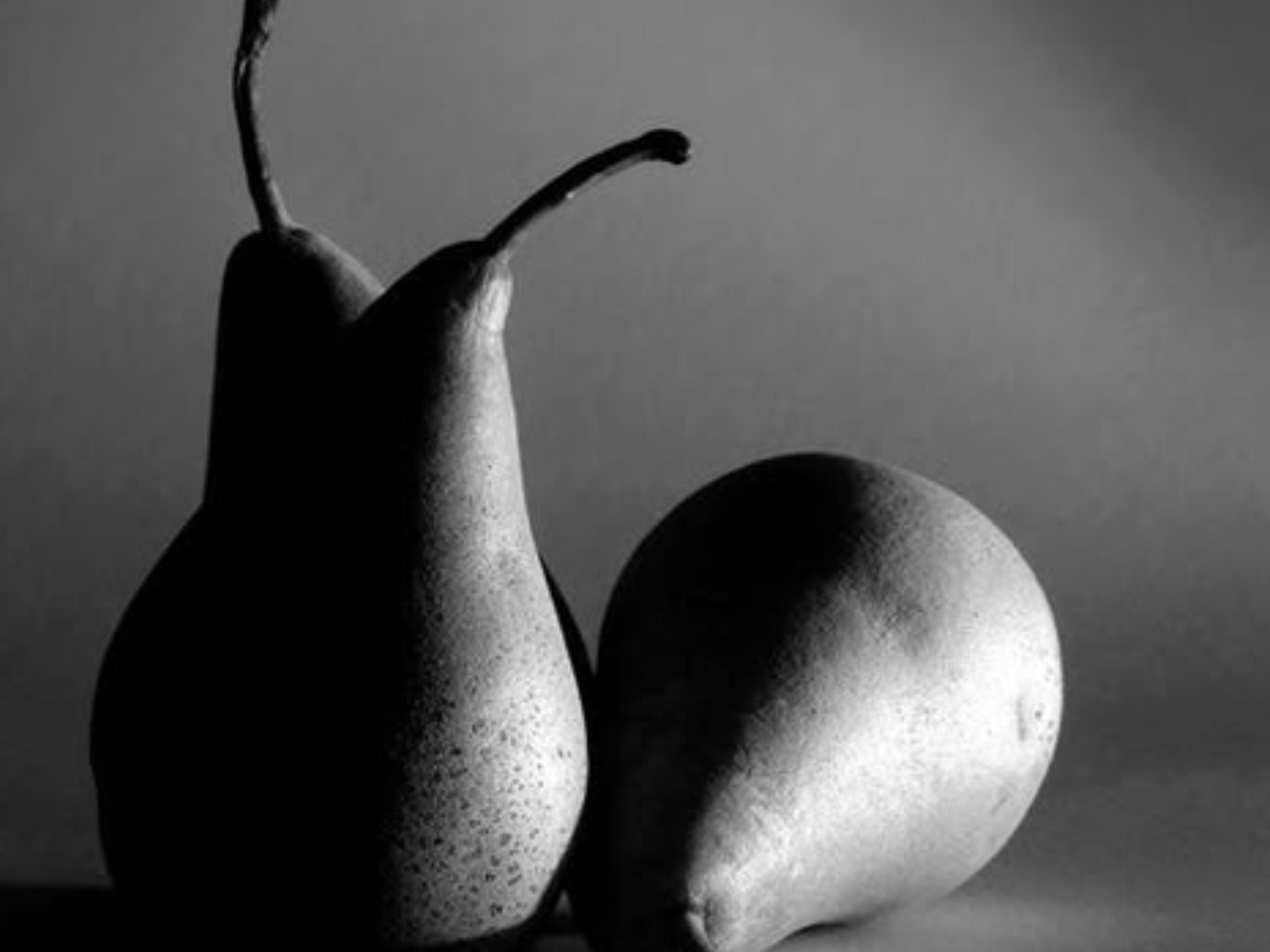Creating Abstract Monochrome Photographs
Monochrome photography has long been associated with mood, drama, and timeless beauty. But it also opens exciting creative doors when applied to abstract work. By stripping away colour, you allow shapes, tones, textures, and patterns to take centre stage. This encourages viewers to feel rather than simply recognise a subject.
Why Monochrome Works for Abstraction
Colour often anchors an image in reality. Without it, the photograph becomes freer—an exploration of form and contrast. The mind lingers on shadows, negative space, and repetition. Think of peeling paint, reflections on water, or light patterns cast across architecture: once colour is gone, they transform into something unfamiliar and poetic.
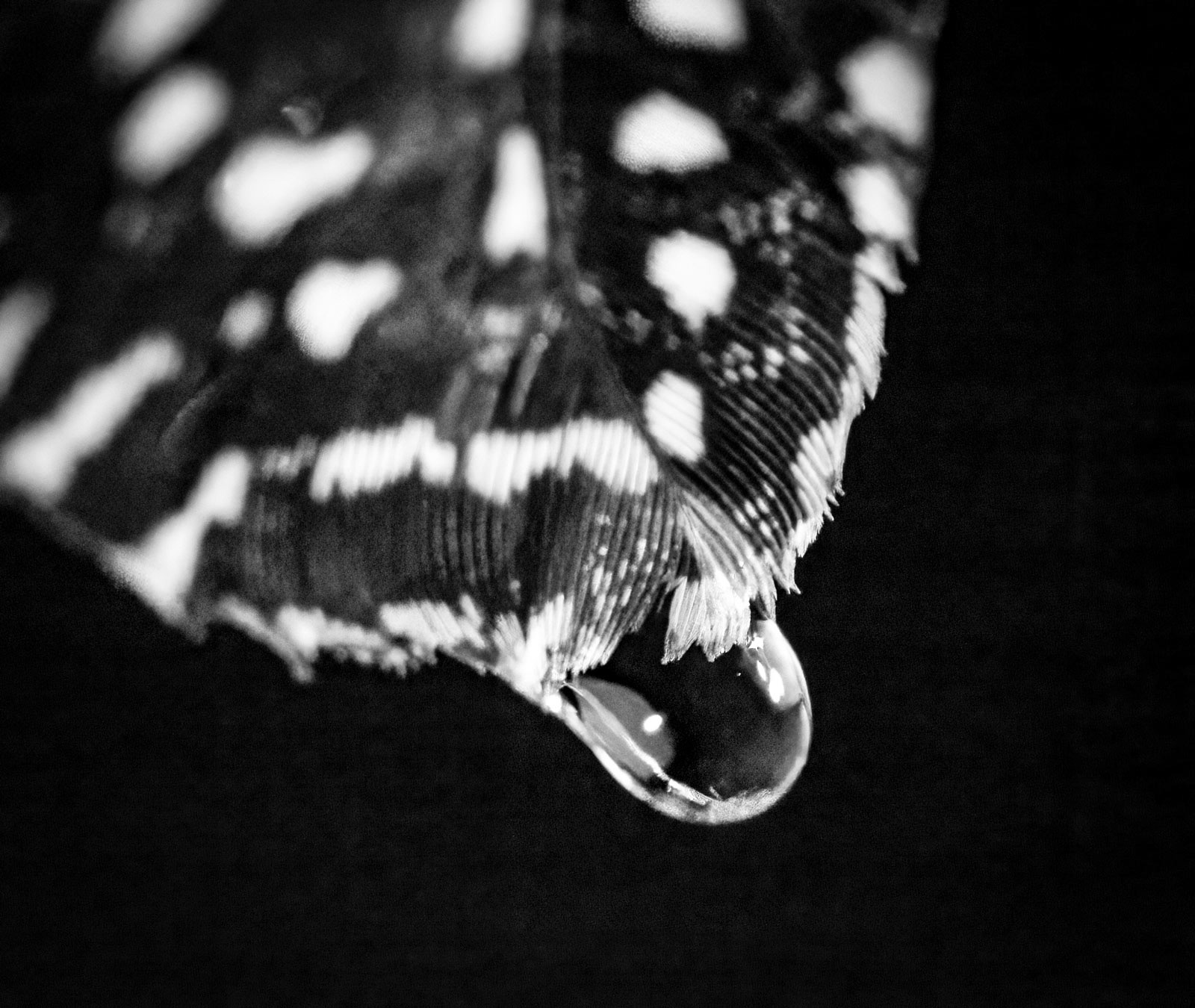
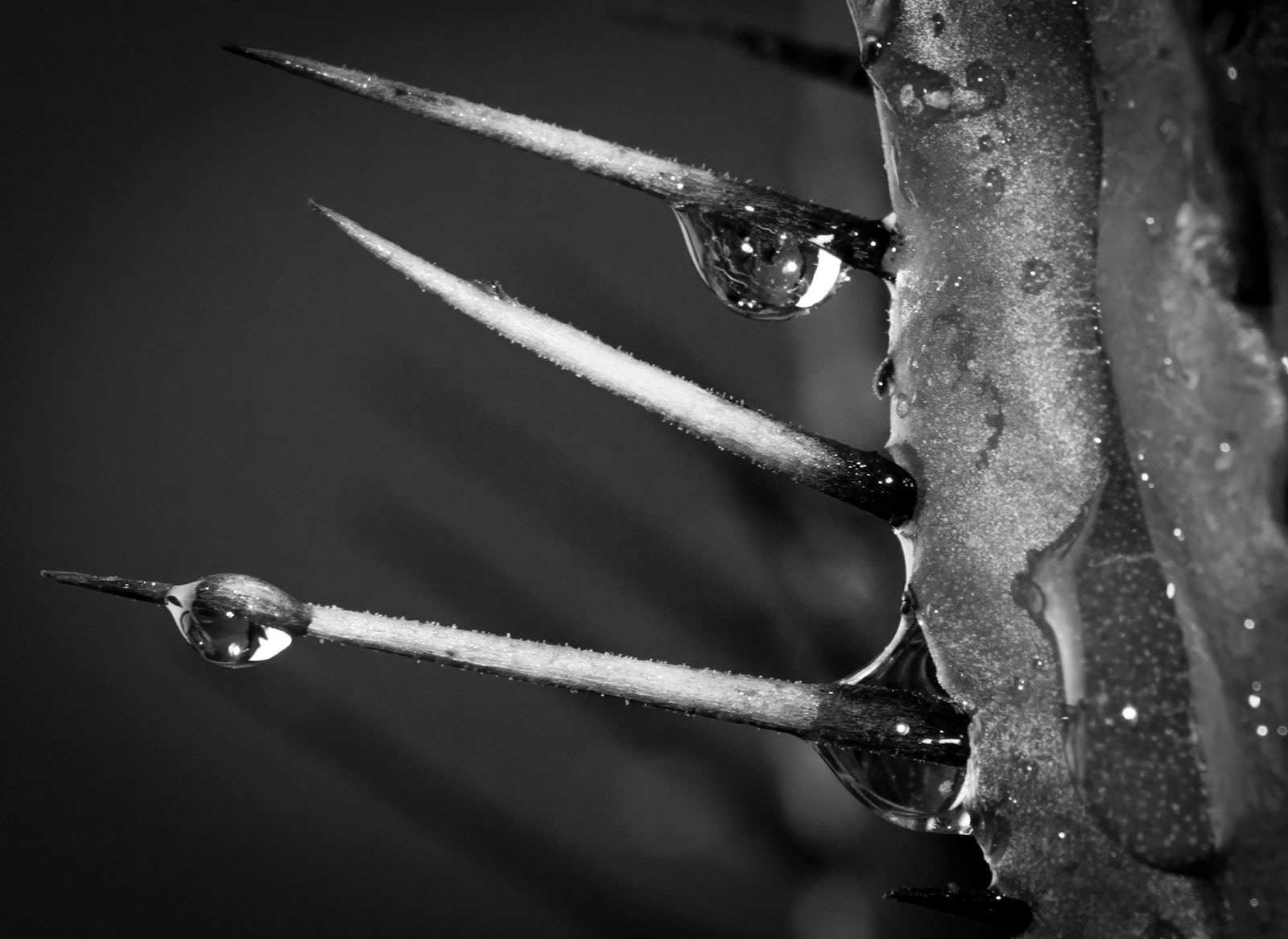
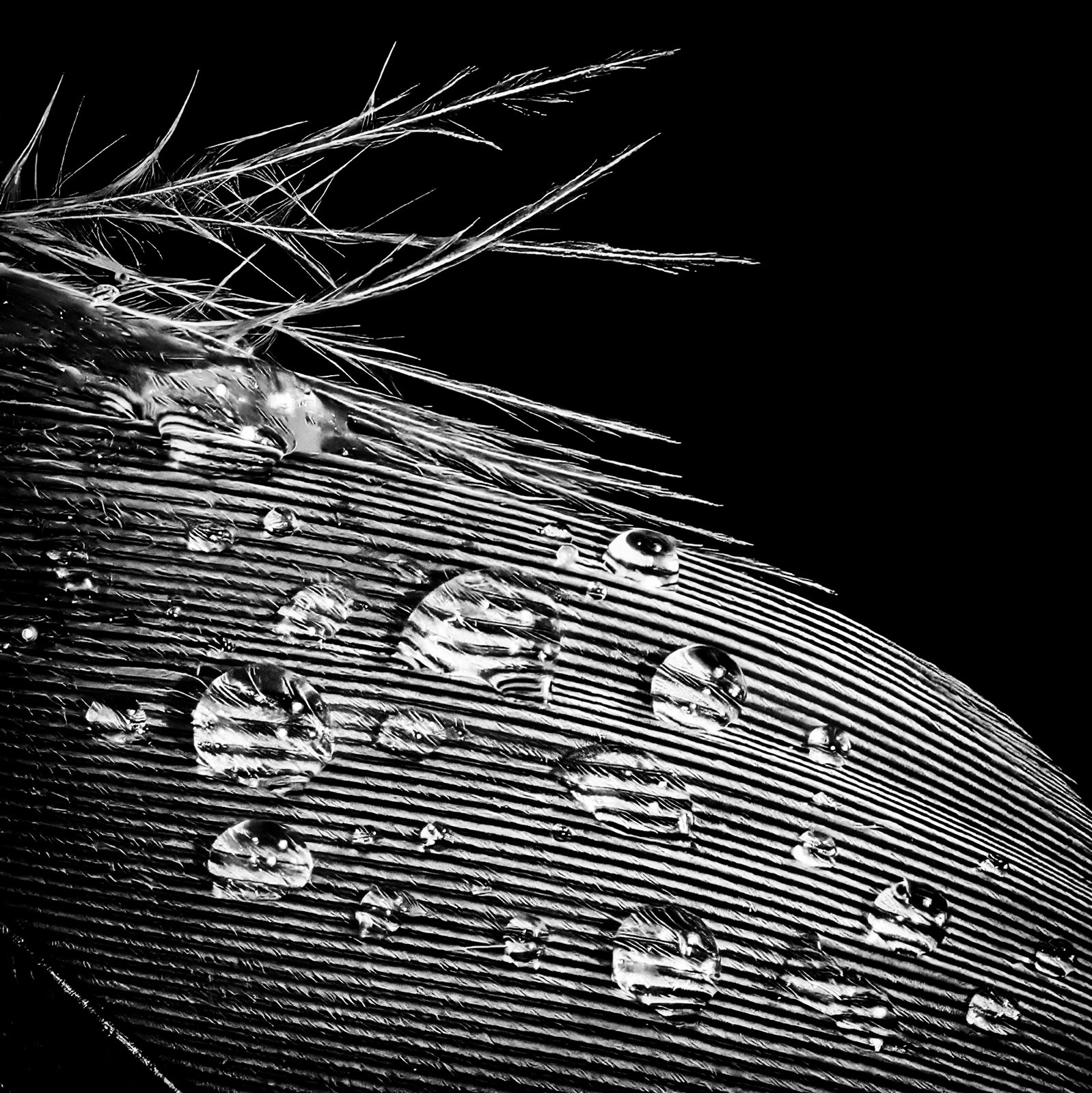
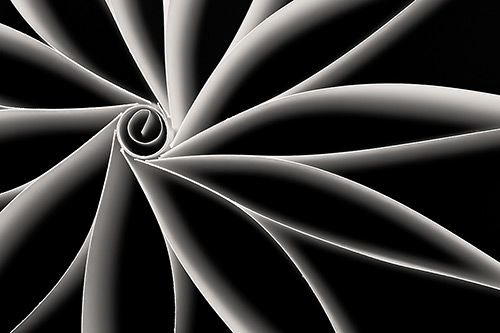
Subjects That Work Well
Textures: Weathered walls, tree bark, fabric, rust, and sand.
Patterns: Tiles, shadows from blinds, repetitive lines in architecture.
Reflections: Glass, metal, or water surfaces with distorted shapes.
Movement: Long exposures of crowds, waves, or light trails.
These subjects, when reduced to tonal values, lose their everyday identity and become intriguing visual puzzles.
RUST WORKS WELL IN MONO
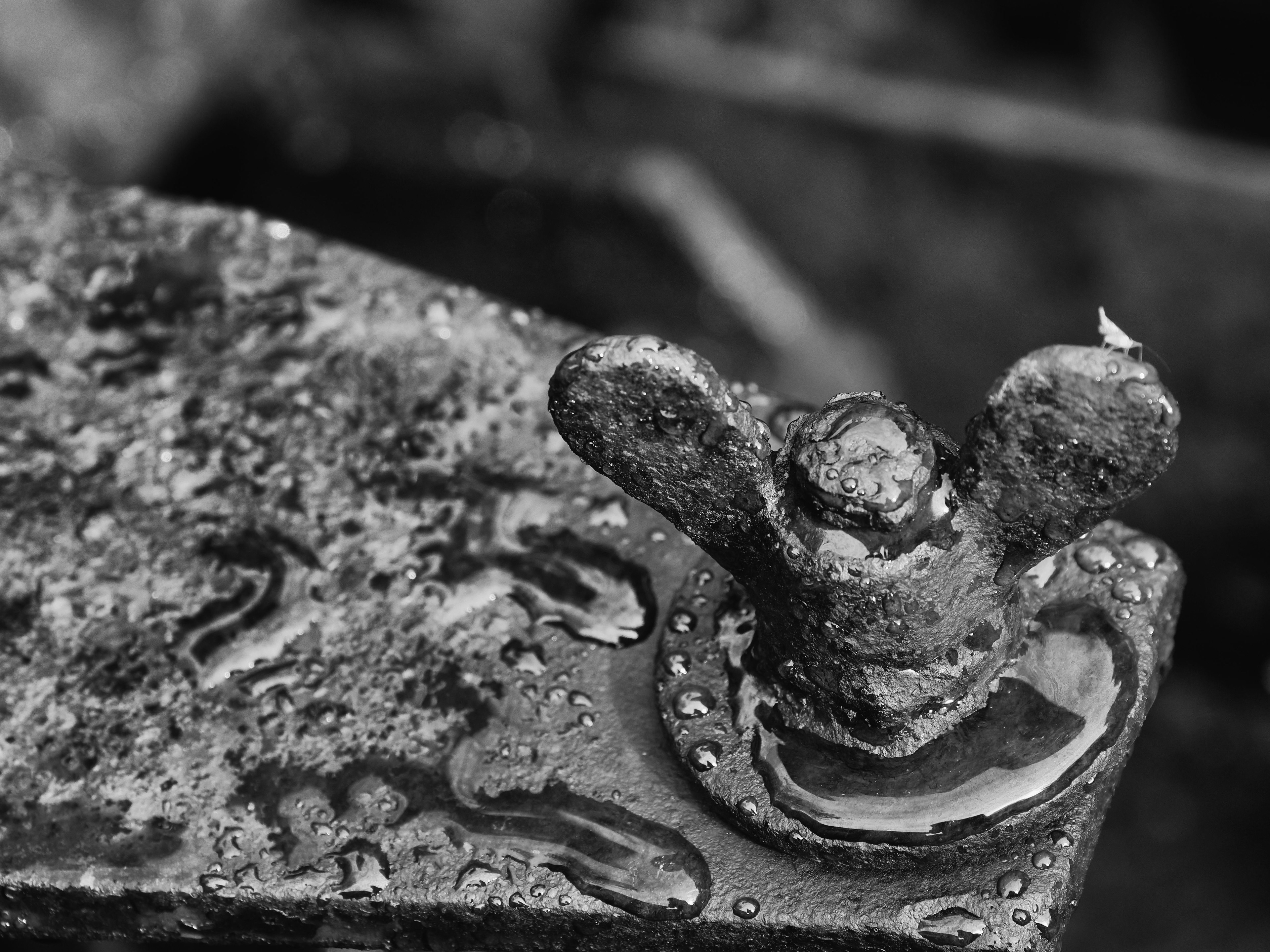

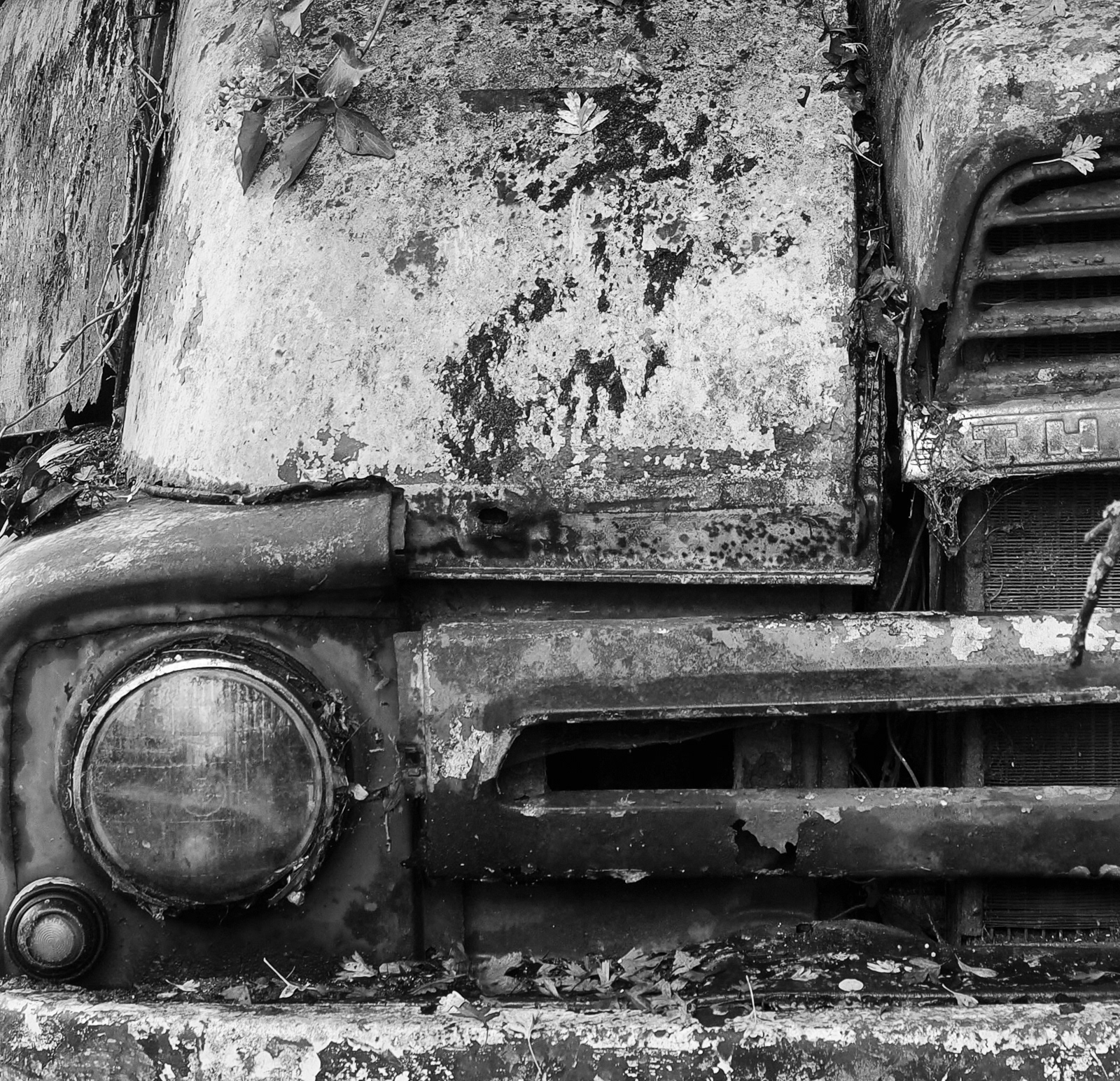
Techniques to Try
High Contrast: Push blacks deep and whites bright for bold, graphic impact.
Soft Gradients: Use subtle greys for minimalist, ethereal moods.
Motion Blur & ICM (Intentional Camera Movement): Experiment with slow shutter speeds and movement to produce abstract streaks and swirls.
Close-Ups: Fill the frame with textures and remove visual context so the subject becomes unrecognisable.
Processing for Impact
Post-processing is key to abstract monochrome. Use tools like:
Dodge and Burn to guide the eye.
Curves/Levels adjustments for strong tonal control.
Clarity & Structure sliders to enhance textures.
Remember, abstraction is about emotion, not accuracy. Don’t be afraid to push your edits beyond reality.
Final Thoughts
Abstract monochrome photography is about discovery—seeing the ordinary transformed into something mysterious. Whether you find patterns in city streets, textures in nature, or shapes in light itself, the beauty lies in creating images that invite imagination.

